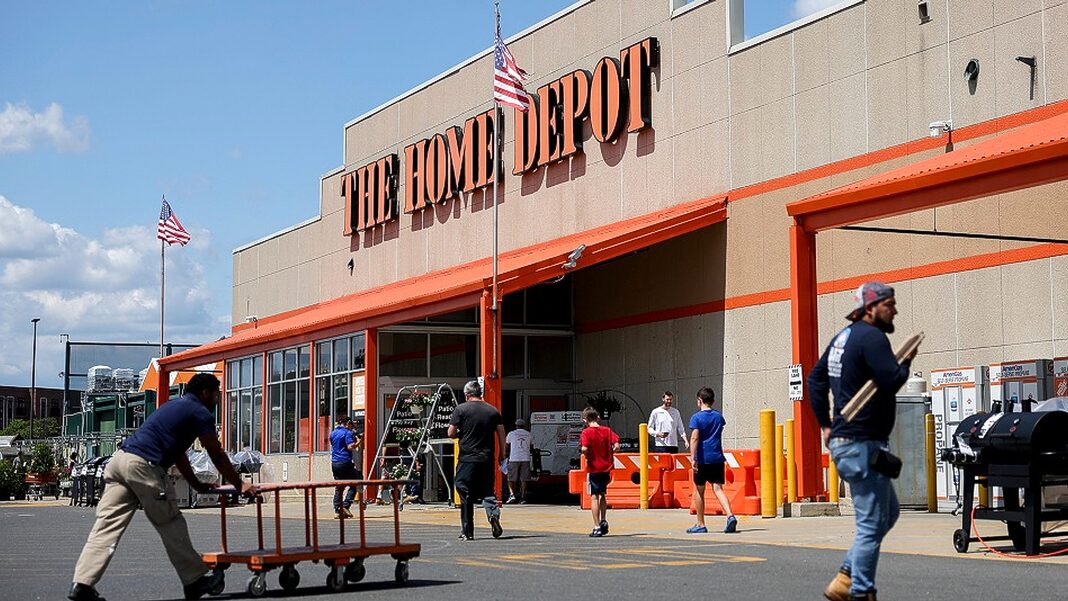The company said it remains ‘bullish’ on the fundamentals of home improvement.
Shares of Home Depot rose nearly 9 percent in early trading on May 20 after the Atlanta-based home-improvement company said it doesn’t plan to raise in-store prices despite concerns of a possible recession in the first quarter.
During the company’s conference call ahead of the opening bell, Home Depot chairman and CEO Ted Decker told Wall Street analysts that the company is still seeing an increase in customer visits and spending amid concerns about tariffs and last week’s highly watched national report indicating a decline in consumer confidence nationwide.
“I think from the micro [point of view], the worst concerns have passed,” Decker said, noting that recent U.S. employment and inflation reports also show the U.S. economy is more stable in May.
“We’ve gone from a dynamic where we were going to have a near-term, certain recession and stock market correction in April, to where markets have fully recovered,” he said.
Decker’s remarks followed earlier comments by Home Depot chief financial officer Richard McPhail, who stated in an early morning interview with CNBC that the home improvement giant does not plan to raise prices due to tariffs and the Trump administration’s ongoing trade discussions with China.
“Because of our scale, the great partnerships we have with our suppliers and productivity that we continue to drive in our business, we intend to generally maintain our current pricing levels across our portfolio,” McPhail said.
During the conference call, Decker reiterated McPhail’s earlier comments, stating that one of the hallmarks of Home Depot’s operations is the diversification of its supplier sourcing and supply chain. He said more than 50 percent of Home Depot’s purchases at the present are sourced in the United States, giving the retailer giant more flexibility in navigating tariffs and inflationary pressures.
“Over the last several years, we have worked diligently with our vendors to further diversify our global supply chain,” Decker said. “During that period, the vast majority of our supplier partners developed diversified sourcing strategies across several countries, including the United States.”
“We are already taking action to anticipate that the next 12 months from now, no single country outside of the United States will represent more than 10 percent of our purchases,” he said.
By Wesley Brown








